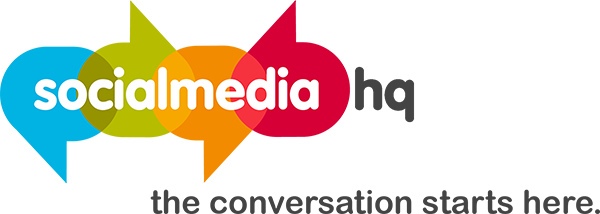Social Media Could Be the Key to Becoming a Better Journalist
According to recent data from the Pew Research Center, 94% of journalists and editors use social media for their work. The most common use, of course, is promoting their own stories and work. However, there are plenty more ways that social media can help you to become a better journalist.
News gathering and news intelligence
One of the best ways to get updates on breaking stories and developing news situations is via social media. On social media platforms such as X, you can often find real-time updates from “citizen journalists,” or other people who happen to be on the scene at the time. Given that most people carry their smartphones with them wherever they go, they can often record, upload, and post photos or videos long before the traditional media can get on the scene.
In addition, the use of hashtags gives journalists and editors another way to keep up on the news. Simply checking what’s trending on top social media platforms can be a way to see what types of stories, narratives, or topics are resonating with social media users at any point in time.
New sources, connections, and colleagues
Social media, by its very nature, is intended to be social. And that makes it a wonderful way to develop connections with our journalists and creators. It’s also a way to develop new sources, and new places to look for information and updates. Long gone are the days when only journalists and mainstream media had a monopoly on the news. Today, anyone can play a role in pushing the news cycle forward.
Audience engagement and amplification
As noted above, journalists primarily use social media to amplify their stores. Just like for individual creators, likes, shares, and upvotes are important. But audience engagement can often go far beyond that. Often, in fact, journalists will admit that they don’t have all the details or facts, and reach out to their audience to help crowdsource “the truth.”
Thus, it’s important to monitor what’s happening in the comments. Often, readers will leave hints, breadcrumbs, or ideas for further development. And sometimes they can even suggest topics, stories, or ideas to explore later..
The line between personal and business content
While social media can be used in a variety of different ways, most journalists suggest keeping personal content to a minimum on any social media feed. While it can be tempting to post long rants on a particular topic, or to share thoughts on completely unrelated news events, the best rule of thumb is to devote ⅓ of all content to reporting updates, ⅓ of all content to reposting or boosting the work of other colleagues or top creators, and ⅓ of all content to things personal in nature. That leaves you plenty of room to express your own personality, while still giving readers what they want.
A final piece of advice is to keep things authentic. Yes, readers want the latest updates and stories, but they also want insights into your life and what makes you tick. So always remember the “social” part of social media. You’re there to report the news, but also to develop your social network.


